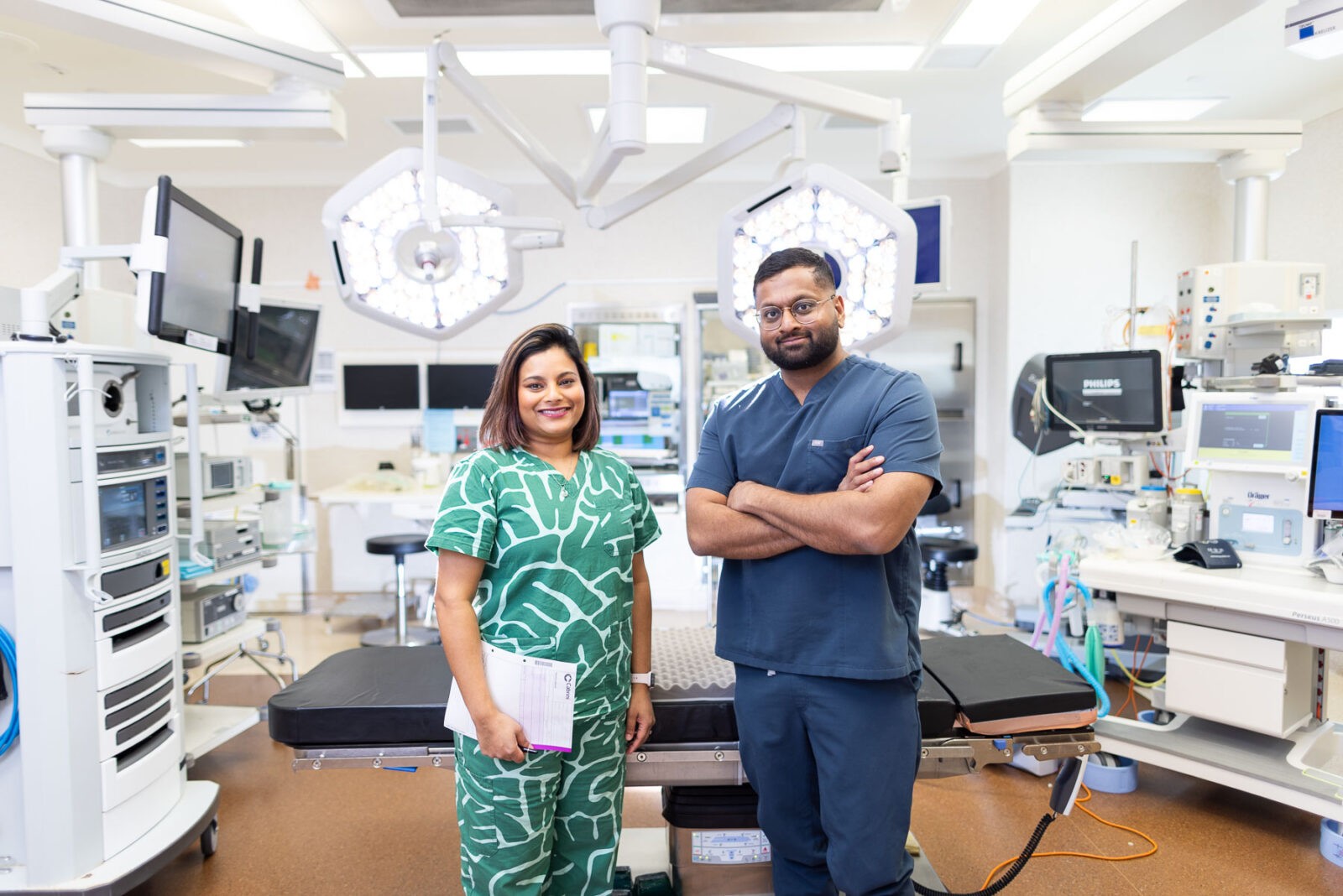The procedure involves using a colposcope, a specialised magnifying instrument, to illuminate and magnify the areas of interest, allowing for a detailed examination.
Our team of gynaecologists routinely perform colposcopy in-rooms at our clinic, to diagnose a range of conditions. If you have a condition requiring colposcopy, please get in touch to book an appointment.
Colposcopy is primarily performed to detect precancerous changes and other abnormalities in the cervix, vagina, and vulva. The main reasons for recommending a colposcopy include:
Cervical dysplasia refers to abnormal changes in the cells on the surface of the cervix. It is often detected through a Pap smear and further examined via colposcopy.
Cervical cancer is a malignant tumour arising from the cervix. Early detection through screening and colposcopy significantly improves treatment outcomes.
Genital warts are caused by certain strains of HPV and can be examined and treated through colposcopy.
Colposcopy (Called a Vulvoscopy) is used to examine lesions on the vagina and vulva, which could be precancerous or cancerous.
Colposcopy is usually performed in a gynaecologist’s office and takes about 10 to 20 minutes. Here’s what to expect during the procedure:
A colposcopy may be recommended for several reasons, including:
Several factors can increase the risk of developing conditions that necessitate a colposcopy:
The treatment plan following a colposcopy depends on the findings and may include:









We are a general gynaecology and infertility treatment clinic based in Melbourne, dedicated to the latest minimally invasive gynaecological diagnostic and surgical techniques. We are leaders in laparoscopic and cutting-edge robotic surgery.
If you have a question about a condition or treatment, or would like to book an appointment, please get in touch.